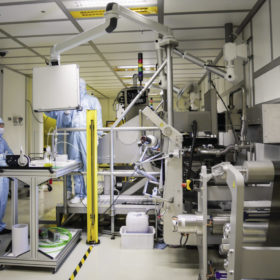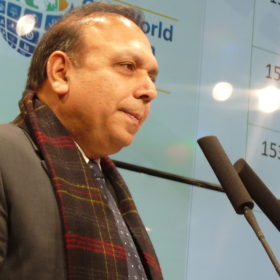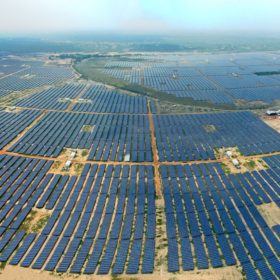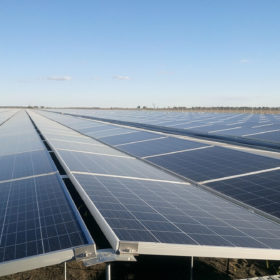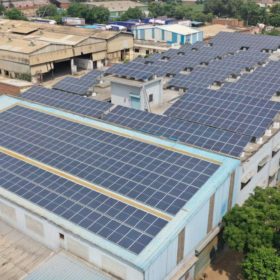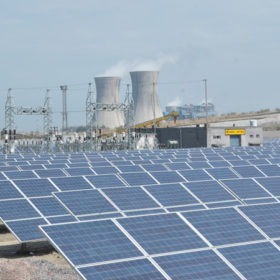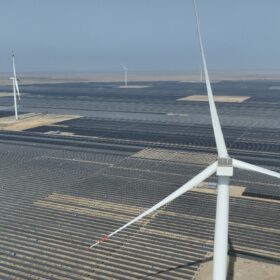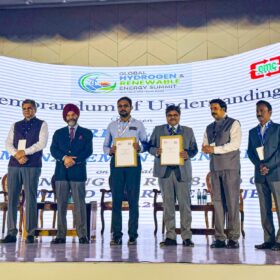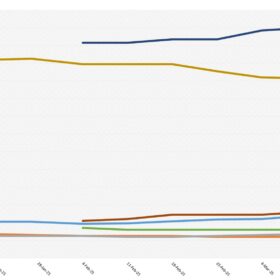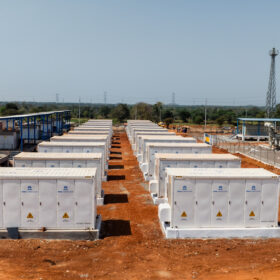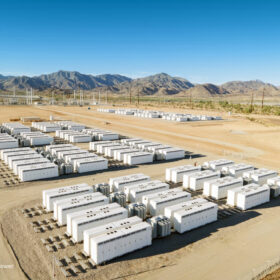The long read: 2020 is the decade of perovskite PV
About 10 years ago, perovskite solar cells (PSCs) made their entry into the world of PV with a power conversion efficiency of 3.8%. Fast forward to 2020, and PSCs are the talk of the town, with a string of impressive laboratory achievements to their name. Global research efforts have shifted toward PSCs as efficiencies keep on getting thrashed on a regular basis. But is it too soon to say that the technology is ready for commercialization?
MNRE backs multi-pronged approach to support solar sector
The Indian government is working on the creation of a Rs 10,000 crore (US$1.3 billion) alternative investment fund to provide payments to PV developers.
Government allows solar installation in Covid lockdown, industry to abide by safety protocols
The new guidelines on Covid-19 lockdown permit certain industrial activities, including the construction of renewable energy projects from April 20, 2020, in areas not identified as containment zones of the country. The industry will, however, have to abide by the safety protocols.
Mahindra Renewables completes sale of solar arm to CLP India
CLP India acquired Mahindra Renewables’ complete stake in Divine Solren for Rs 124.47 crore. Divine Solren is a special purpose vehicle formed by the Mahindra group to set up a 50 MW solar plant in Adilabad district of Telangana. The plant was commissioned in 2017.
Adani Green Energy arm commissions 50 MW solar plant in Rajasthan
An aggregate 2198 MW AC of solar capacity is now operational by the developer which aims to become the world’s largest solar player by 2025.
Vikram Solar bags 300 MW solar project from NTPC
The Rs 1,750-crore project—under the second phase of Central Public Sector Undertaking scheme—is to be developed using domestically manufactured solar cells and modules.
Covid-19: Solar cell manufacturer CEL to make ICU ventilators, seeks partners
Central Electronics limited—India’s first silicon PV manufacturer—is looking to utilize its expertise and technical competency to ramp up the production of ICU ventilators in the country’s fight against Covid-19 pandemic. The public sector unit has invited global bids from ventilator manufacturers to select partners for production.
Gensol wins solar EPC projects worth Rs 45.86 crore in India
The EPC provider has won an aggregate 13.2 MWp solar capacity from State-owned Central Electronics Limited, in addition to projects from Gas Authority of India Limited, Bihar Renewable Energy Development Agency, Hindustan Petroleum Corporation Limited and Reserve Bank of India.
Covid lockdown will impact rooftop solar more than grid-connected projects, says Care Ratings
The rooftop solar sector will see reduced installation activity even after lifting of the lockdown as consumers continue to deal with financial constraints. Small-size developers may also lack the financial strength to meet additional working requirements.
IREDA replaces SECI for 12 GW CPSU solar scheme
The financial lender will now oversee the implementation of the second phase of the Central Public Sector Undertaking (CPSU) Scheme which provides viability gap funding (VGF) support for state-run generators to set up 12 GW of solar projects using domestically-made equipment by FY 2022-23.
